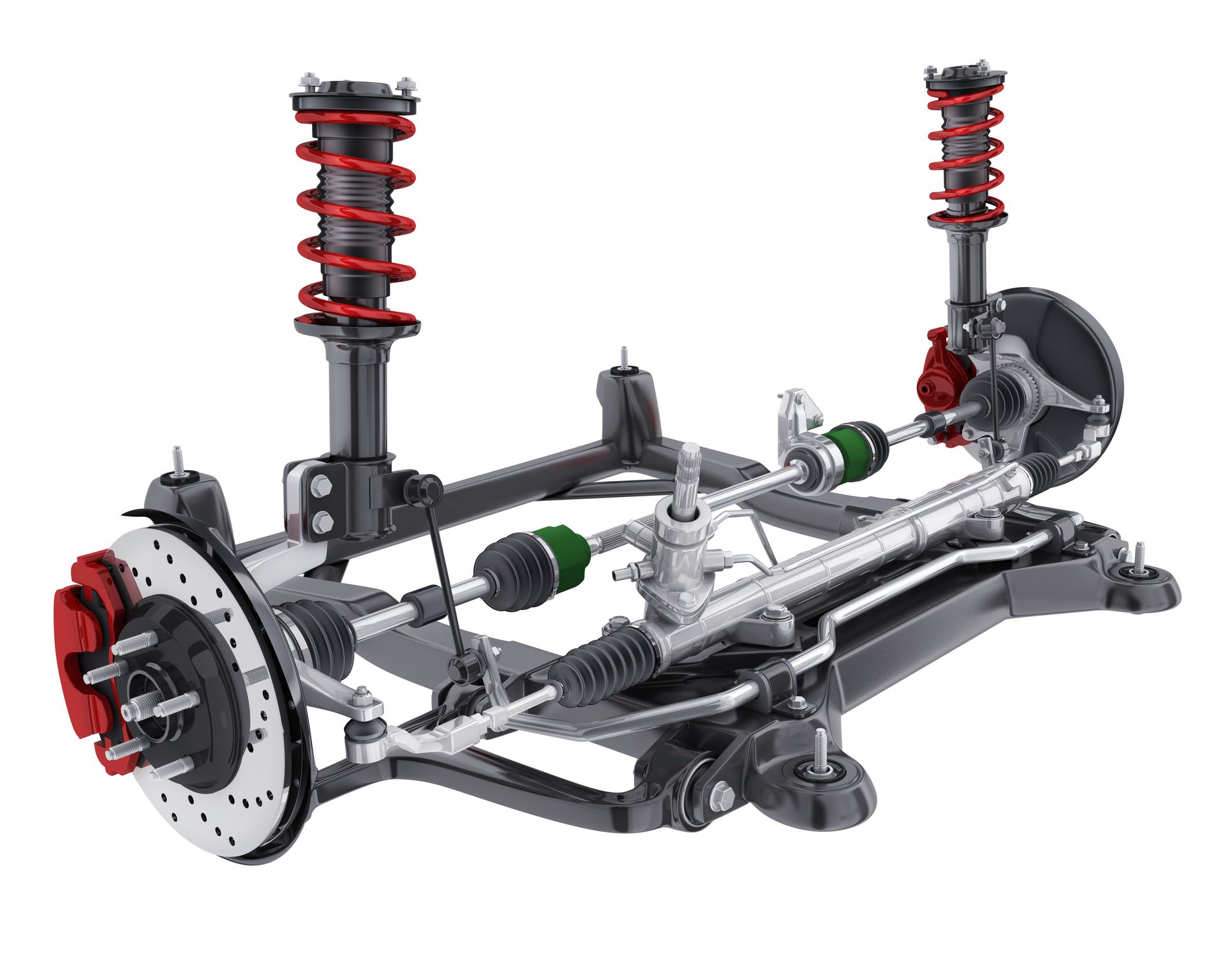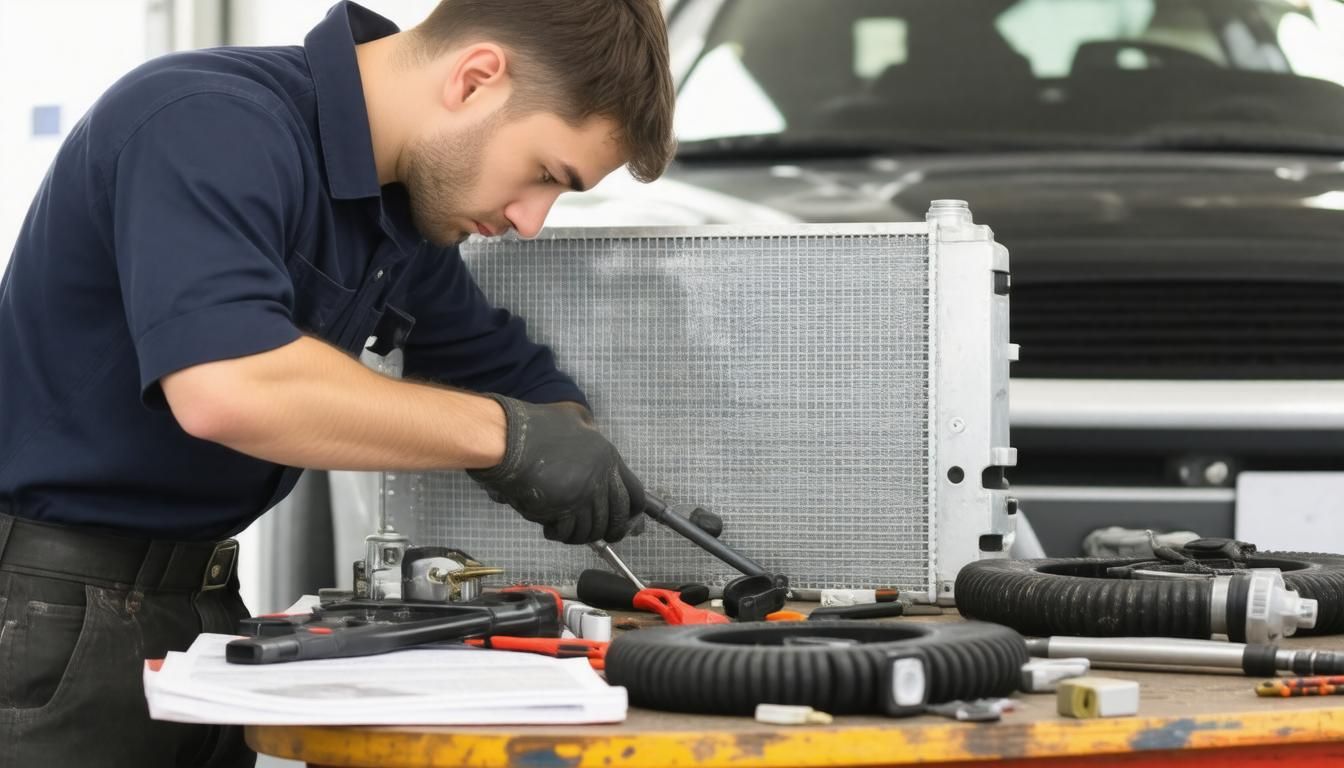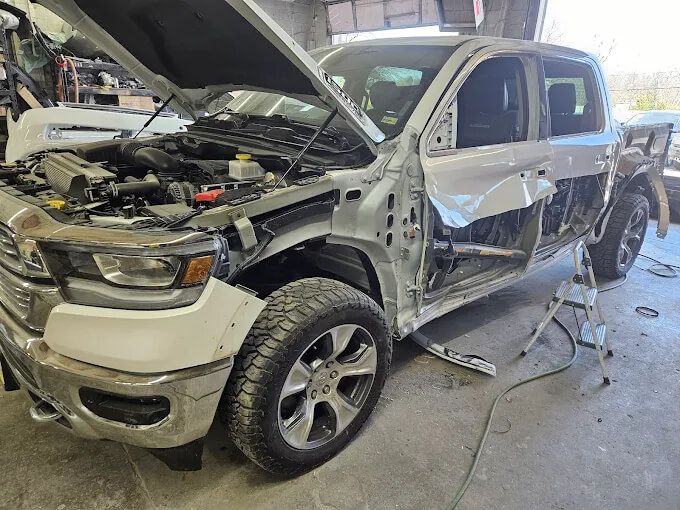Diesel engines are known for their durability, power, and efficiency, but when they start producing excessive smoke, it’s a sign that something isn’t right. While a small amount of smoke can be normal under heavy load or during cold starts, consistent or heavy smoke should never be ignored. Understanding what different smoke colors mean and what causes them can help you catch problems early and keep your diesel engine running strong.
Types of Diesel Engine Smoke
The color of the smoke coming from your exhaust can reveal a lot about the health of your engine. Generally, diesel smoke appears as black, white, or blue, each indicating a different issue.
Black Smoke
Black smoke is one of the most common types of diesel smoke and usually signals that your engine is burning too much fuel. This can happen for several reasons, such as clogged air filters restricting airflow, malfunctioning fuel injectors delivering too much fuel, or problems with the turbocharger system.
A dirty or faulty mass airflow sensor can also contribute, as it prevents the engine from getting accurate information about the air entering the system. If ignored, black smoke can reduce engine efficiency and increase fuel consumption significantly.
White Smoke
White smoke is often caused by coolant entering the combustion chamber, which usually points to a blown head gasket, a cracked cylinder head, or a damaged engine block.
In colder weather, a small amount of white smoke during startup might be normal and caused by condensation. However, thick, continuous white smoke accompanied by coolant loss, engine misfiring, or overheating is a serious issue that needs immediate attention.
Blue Smoke
Blue smoke indicates that oil is burning inside the combustion chamber. This can result from worn piston rings, valve seals, or turbocharger seals allowing oil to seep into the combustion process.
Burning oil not only leads to excessive smoke but also reduces oil levels, potentially causing engine damage if left unchecked.
Common Causes Behind Excessive Diesel Smoke
While the smoke color provides clues, understanding why it’s happening helps guide proper repairs. Common causes include:
- Poor fuel combustion due to injector problems or incorrect fuel timing
- Worn engine components allowing oil or coolant leaks
- Blocked or damaged air intake systems affecting the air-fuel mixture
- Turbocharger failures that lead to oil entering the intake
- Faulty sensors or engine control module issues
Diesel engines depend on precise control of fuel and air, and any disruption in this balance can create smoke.
The Risks of Ignoring Excessive Smoke
Excessive smoke isn’t just a cosmetic issue. Over time, it can cause serious damage to engine components and increase overall maintenance costs. It also reduces fuel economy, increases harmful emissions, and can lead to your vehicle failing emissions tests or inspections.
Ignoring smoke can result in catastrophic failures that may require engine rebuilds or replacement, leading to extremely expensive repairs.
How to Prevent Excessive Smoke
Regular maintenance is the best defense against excessive diesel smoke. This includes changing air and fuel filters on schedule, using high-quality oil and fuel, and having your injectors and turbocharger inspected periodically.
It’s also important to monitor fluid levels and be aware of any changes in engine performance. Addressing small issues early prevents them from turning into bigger, more costly problems.
Get Clear Answers at F & M Automotive Body & Repair in Shawnee, KS
If you’ve noticed excessive smoke from your diesel engine, don’t wait for it to become a bigger problem. At F & M Automotive Body & Repair in Shawnee, KS, our experienced team specializes in diagnosing and repairing diesel engines. We’ll determine the source of the smoke and recommend the right solution to keep your engine strong and efficient.
Schedule a diagnostic appointment today and keep your diesel vehicle running clean and powerful for years to come.












